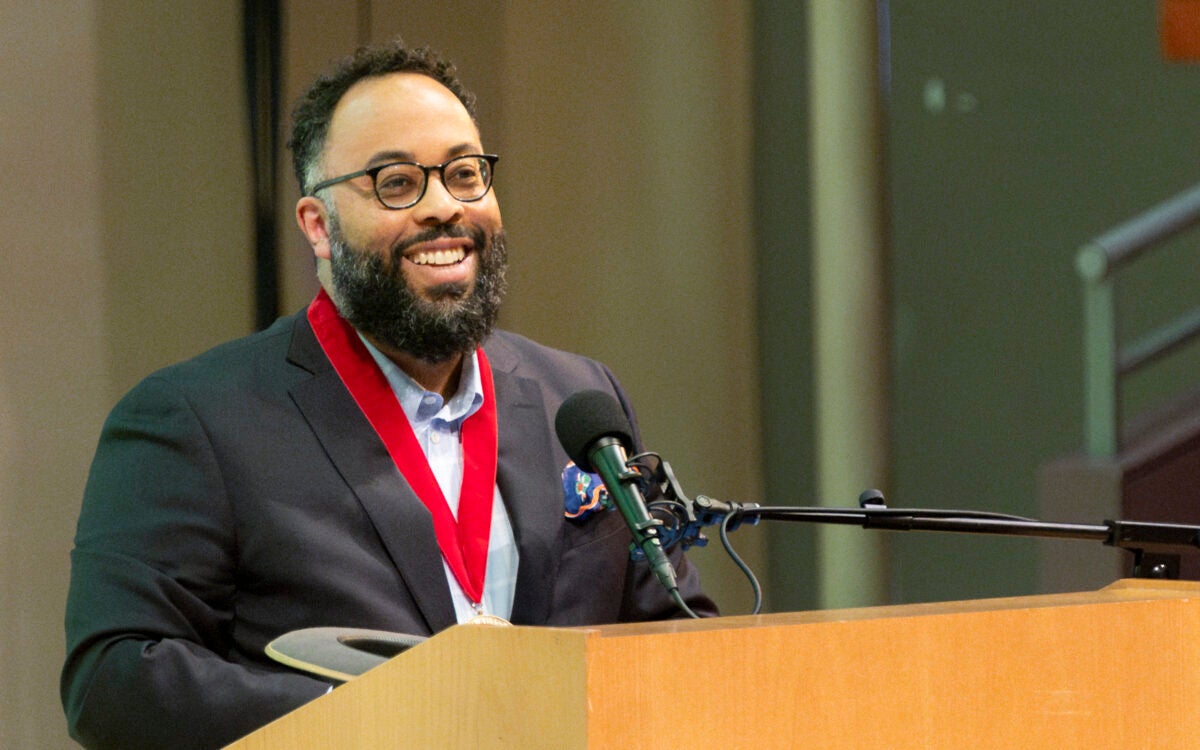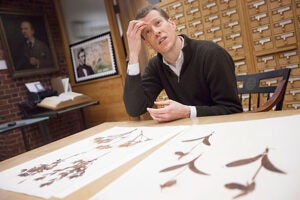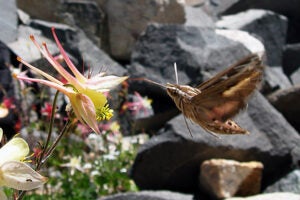Tag: Organismic and Evolutionary Biology
-
Nation & World
Efficiency in the forest
Spurred by increasing levels of atmospheric carbon dioxide, forests over the past two decades have become dramatically more efficient in how they use water, a Harvard study has found.
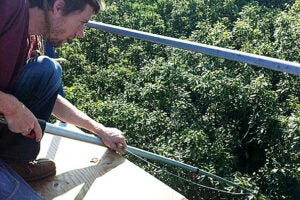
-
Nation & World
Learning through doing
As part of Professor Gonzalo Giribet’s Biology of Invertebrates class, students make closely observed, highly detailed sketches of animals they study in the lab.
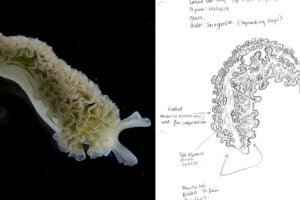
-
Nation & World
New investigators named
Adam Cohen, professor of chemistry and chemical biology and of physics, and Hopi Hoekstra, professor of organismic and evolutionary biology and molecular and cellular biology, are among the 27 scientists nationwide to be appointed as investigators by the Howard Hughes Medical Institute.

-
Nation & World
Melding the Web and the tactile
An organismic and evolutionary biology course this semester has formed a virtual classroom with other universities to examine the holdings of museum collections and the vast amount of data they contain and integrate them into the classroom.
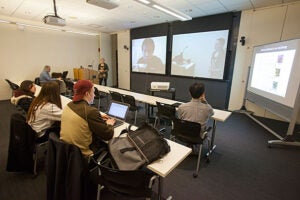
-
Nation & World
When timing is everything
In a new paper, Christopher Marx, associate professor of organismic and evolutionary biology, says that beneficial mutations may occur more often than first thought, but many never emerge as “winners” because they don’t fall within the narrow set of circumstances required for them to dominate a population.
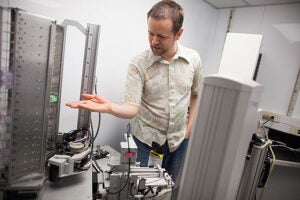
-
Nation & World
One gene, many mutations
In a new paper, Harvard researchers show that changes in coat color in mice are the result not of a single mutation, but of many mutations, all in a single gene. The results start to answer one of the fundamental questions about evolution: Does it proceed by huge leaps — single mutations that result in…
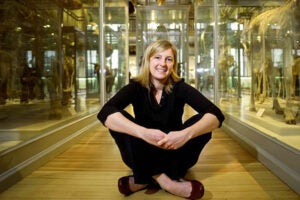
-
Nation & World
Linking insulin to learning
Work led by Yun Zhang, associate professor of organismic and evolutionary biology, shows how the pathway of insulin and insulinlike peptides plays a critical role in helping to regulate learning and memory.

-
Nation & World
Pecking order
Harvard researchers have found that a new investigation of tissues and signaling pathways in finches’ beaks reveals surprising flexibility in the birds’ evolutionary tool kit.
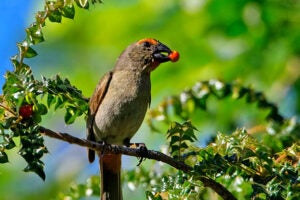
-
Nation & World
Clues in the cucumber’s climb
Harvard researchers, captivated by a strange coiling behavior in the grasping tendrils of the cucumber plant, have characterized a new type of spring that is soft when pulled gently and stiff when pulled strongly.
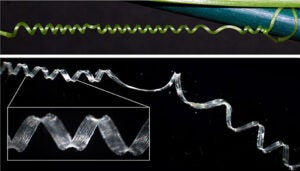
-
Nation & World
Mapping mollusks
Using genetic tools, researchers at Harvard and collaborating institutions have completed the most comprehensive evolutionary tree ever produced for mollusks. Described in the Nov. 2 issue of Nature, the work also serves as a proof-of-concept, demonstrating the power of genomic techniques to answer difficult evolutionary questions.
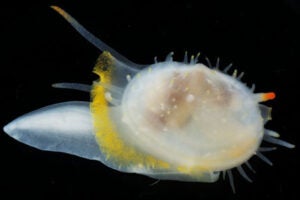
-
Nation & World
For love of the creepy, crawly
Biologists from around the world are on campus this week for an international conference on invertebrate morphology sponsored by the Museum of Comparative Zoology, the Harvard Museum of Natural History, and the Department of Organismic and Evolutionary Biology.
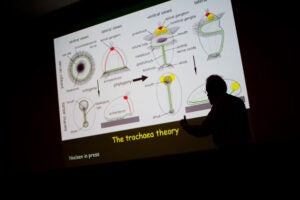
-
Nation & World
Clues on how flowering plants spread
Researchers at Harvard’s Arnold Arboretum have highlighted female competition among plants, saying it is a new factor that could have driven the mystifying diversity of flowering plants.
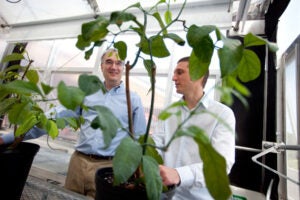
-
Nation & World
It doesn’t add up
An important new finding by Harvard researchers indicates that cellular mutations responsible for an organism’s successful adaptation do not, when combined over time, provide as much benefit as they would individually be expected to provide.

-
Nation & World
Old specimens, fresh answers
A project details changing levels of mercury in endangered albatrosses and highlights the importance of museum specimens in understanding past conditions.
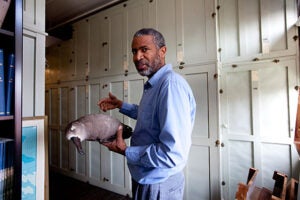
-
Nation & World
Field Notes on Science & Nature
Michael Canfield, a lecturer on organismic and evolutionary biology, visits an eclectic range of scientific disciplines, offering examples that professional naturalists can emulate to fine-tune their own field methods, along with practical advice that amateur naturalists and students can use to document their adventures.
-
Nation & World
Deep thinker
Scientists are advancing in their understanding of the biology of the deep sea, which still remains largely unexplored and mysterious, according to Associate Professor Peter Girguis.
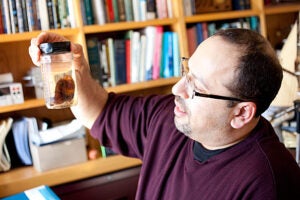
-
Nation & World
Cultivating trouble
Only 39 percent of the nearly 10,000 North American plant species threatened with extinction are being maintained in collections, according to the first comprehensive listing of the threatened plant species in Canada, Mexico, and the United States.

-
Nation & World
Mapping the Human Genome: Ten Years After
On February 15, 2001, a decade ago, the first draft sequence and analysis of the human genome—the blue print for a human being—was published in the journal Nature. On the tenth anniversary of that transformative moment, Harvard hosted an interdisciplinary, multi-institutional forum on the genome project’s origins, promise, and significance to society.
-
Nation & World
Bird, meet cousin alligator
Assistant professor Arkhat Abzhanov looks to birds’ relatives by way of dinosaurs — alligators — for clues to their evolution.
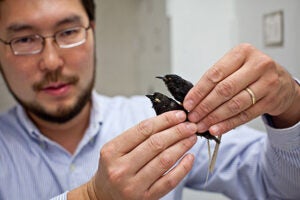
-
Nation & World
Friedman named director of Arboretum
William “Ned” Friedman, an evolutionary biologist who has done extensive research on the origin and early evolution of flowering plants, has been appointed director of the Arnold Arboretum.

-
Nation & World
More from spores: How they spread
Researchers discover how fungi developed an aerodynamic way to reduce drag on their spores so as to spread them as high and as far as possible.
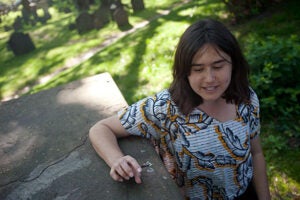
-
Nation & World
Exploring a world within a world
Lichens provide an avenue for student scientific exploration of plant complexity.
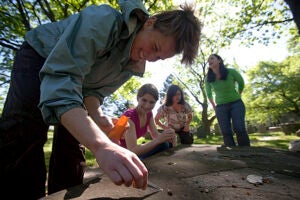
-
Nation & World
Understanding the deadly deathcap
Biology Professor Anne Pringle is taking the study of one of the world’s most poisonous mushrooms out of the realm of adventure stories and into the world of ecology, in an attempt to better understand how it spreads.
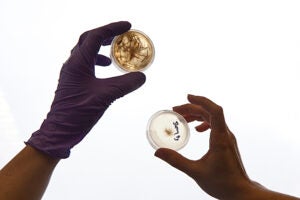
-
Nation & World
New faculty introduced
Assistant Professor of Organismic and Evolutionary Biology Kirsten Bomblies is among 70 new faculty members who are joining the University’s various Schools this year. With the start of the new year, Harvard has hired 41 new assistant professors, six associate professors, and 23 new full professors, and promoted 20 existing faculty members to tenured professor…
-
Nation & World
Potent new strategy for mapping animal species shakes up tree of life
Since the 1859 publication of Charles Darwin’s “Origin of Species,” efforts to trace evolutionary relationships among different classes of organisms have largely relied on external morphological observations.
-
Nation & World
Five honored as Harvard College Professors
In this 10th anniversary year of the prestigious Harvard College Professorships, five FAS faculty members have been honored for their particularly distinguished contributions to undergraduate teaching, advising, and mentoring.
-
Nation & World
Despite their heft, many dinosaurs had surprisingly tiny genomes
They might be giants, but many dinosaurs apparently had genomes no larger than those of a modern hummingbird. So say scientists who’ve linked bone cell and genome size among living species and then used that new understanding to gauge the genome sizes of 31 species of extinct dinosaurs and birds, whose bone cells can be…
